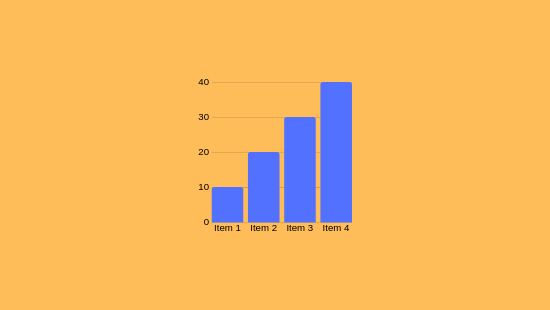Forex Indicators: How They Work
Forex Indicators: How They Work
Blog Article

As you delve into Forex indicators, you'll discover they're mathematical tools that scrutinize market numbers to forecast market movements. These indicators assist in identifying market patterns, confirming market cues, and uncovering overbought or oversold scenarios. For instance, the Relative Strength Index (RSI) tracks market force, while Bollinger indicators assess volatility. Enhancing your trade techniques by integrating these indicators is essential, especially if you aim to manage risk effectively.
Understanding Forex Indicators
Forex indicators are mathematical aids embedded in graphs to assist traders in scrutinizing market dynamics and making informed decisions. They provide perspectives into price movements and potential trading opportunities by processing historical and real-time data.
Forex tools are categorized into four main types: trend indicators (e.g., Moving Averages), momentum indicators (e.g., Relative Strength Index), volatility indicators (e.g., Bollinger Bands), and volume indicators.
These instruments can indicate market turns, confirm trends, or indicate extreme buying/selling. If you're focused on refining your trading strategy, grasping their roles is fundamental.
Types of Forex Indicators
Upon evaluating market trends, investors usually employ a selection of measures to aid in decision-making.
Forex tools are categorized into different types, each serving specific purposes.
Trend Indicators like Moving Averages (MA) and Bollinger Bands aid in uncovering movement patterns and possible price surges.
Momentum Indicators, such as the Moving Average Convergence/Divergence (MACD) and Relative Strength Index (RSI), recognize shifts in price momentum and indicate excessive buying/selling.
Volatility Indicators like the Average True Range (ATR) quantify market variability, helping traders in setting stop-loss thresholds.
If used strategically, these indicators can boost trading proficiency.
Key Indicators for Trading Decisions
To executive insightful investment choices, grasping and utilizing key indicators that analyze market conditions is essential.
Price Movements (MA) track mean trade values over specific periods, unveiling tendencies by evening out variations.
The Relative Strength Index measures momentum on a 0–100 scale, flagging overbought conditions above 70 and highlighting excessive sell below 30.
MACD compares two exponential moving averages to validate directional trends, with histograms illustrating bullish or bearish phases.
Bollinger Bands utilize variability measures around a moving average to determine volatility and potential reversals.
Retracement intervals denote support/resistance zones considering historical shifts.
Synthesizing these indicators enhances precision by verifying signals if aligned, enabling exact timing for currency pairs.
Employing Indicators in Risk Oversight
As you fine-tune your trading strategy, effectively utilizing measurement tools for risk management is essential. Indicators like here Moving Averages and Bollinger Bands notice volatility and spot viable trade junctures for risk oversight.
These instruments permit the setting of stop-loss orders and limit orders, which are key for modulating potential losses.
For example, using trade protections restricts your loss to a certain amount, such as 2% of your trading capital per trade. This measured strategy aids in managing forex risks by curtailing exposure to fluctuations and leverage, which are significant challenges in currency trading.
Combining Indicators for Enhanced Accuracy
Merging measurement tools is a accomplished tactic for elevating accuracy in forex trading. This approach allows for the use of diverse instruments to evaluate several aspects of market dynamics, including trends, drive, and volatility.
By implementing indicators like Price Averages, RSI, and MACD, you can formulate formidable trading strategies. For example, combining Moving Averages with RSI and Volume confirms trends and drive, while Bollinger Bands with Stochastic discovers volatile scenarios and possible reversals.
If indicators from separate categories work together, duplications are minimized, and trade signals are intensified.
Conclusion
You've understood how forex indicators operate, covering their diversities like trend, momentum, and volatility tools. These elements assist in spotting potential reversals and confirming trend continuity. Through combining tools, investment accuracy is enhanced, and risk oversight is better managed. For instance, using the Relative Strength Index (RSI) to spot overbought conditions and Bollinger Bands to analyze fluctuation can refine your trade choices. Report this page